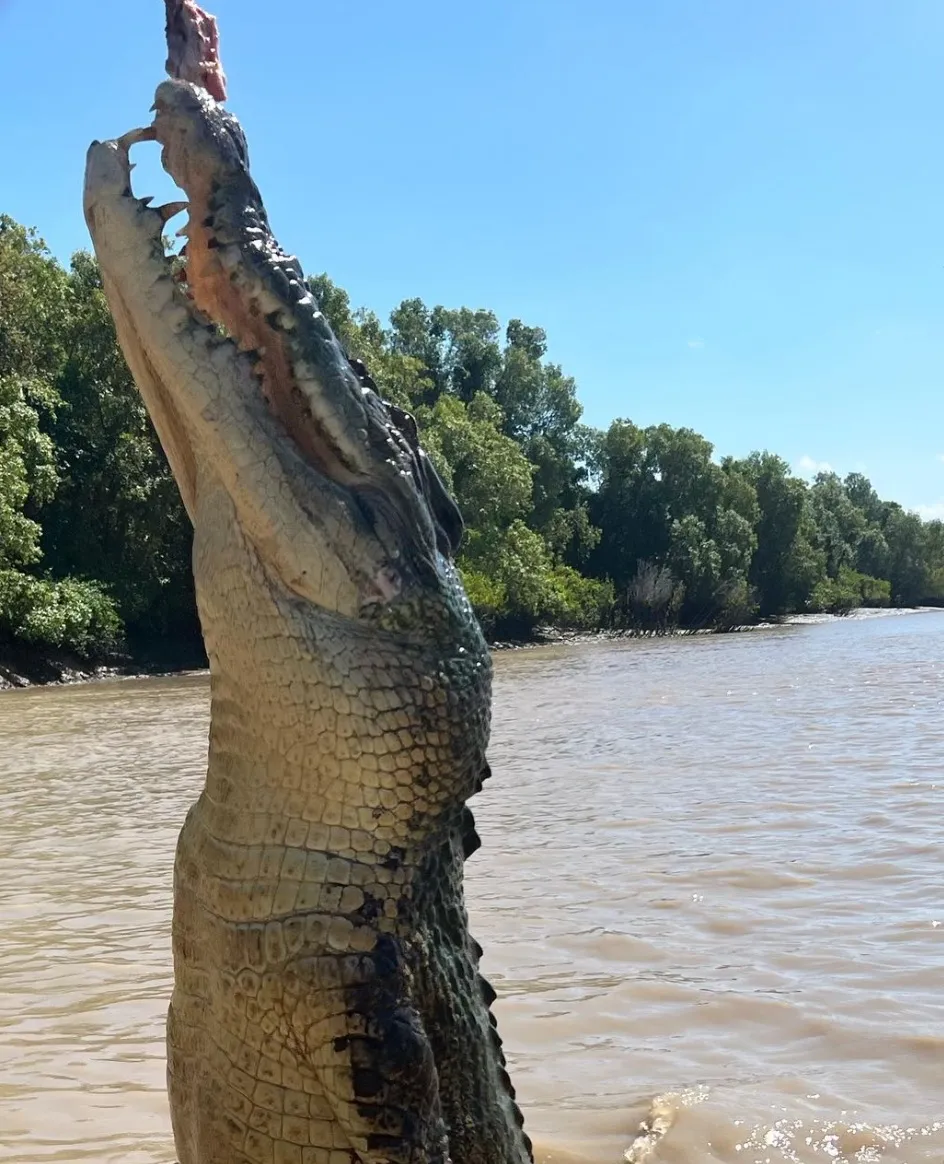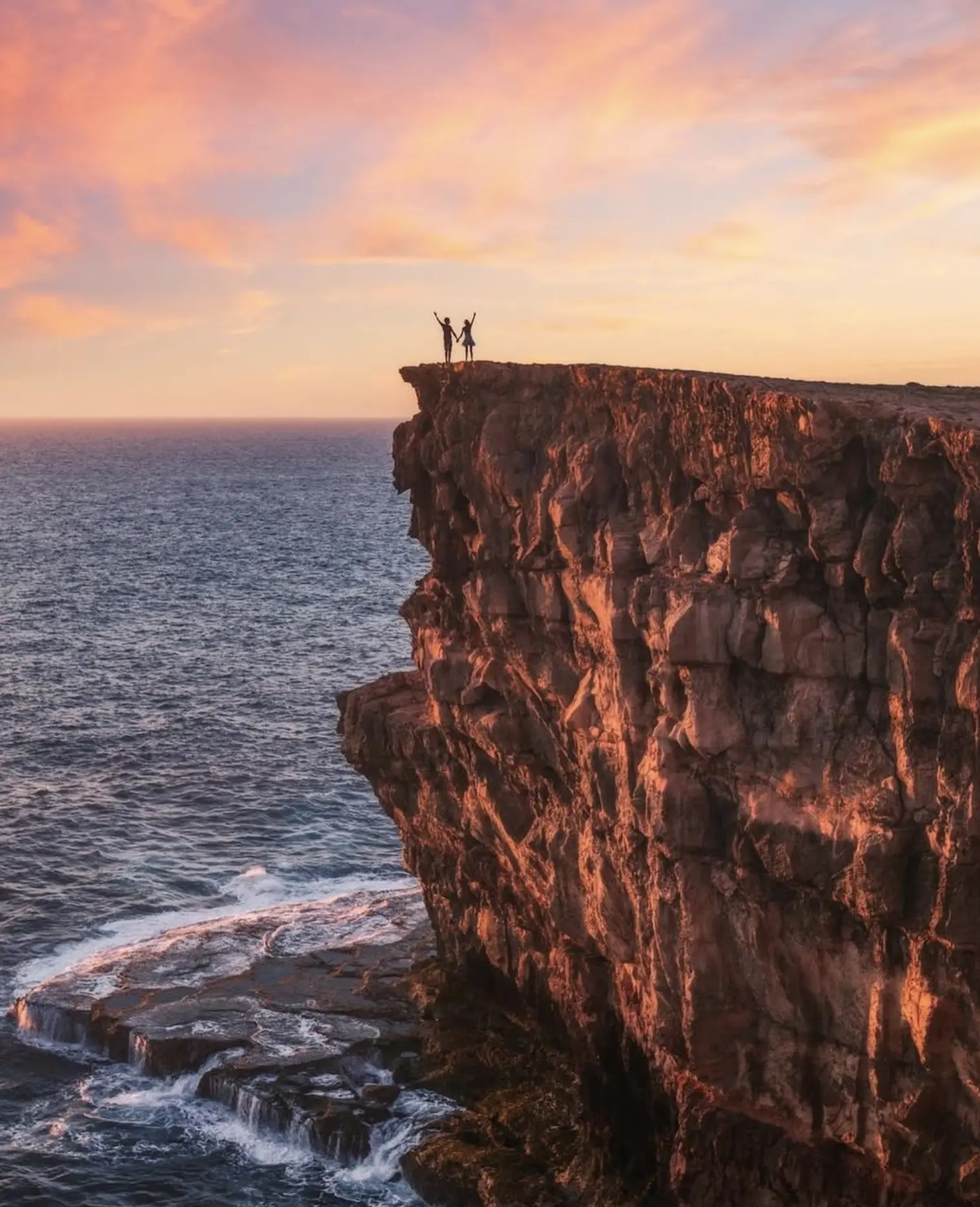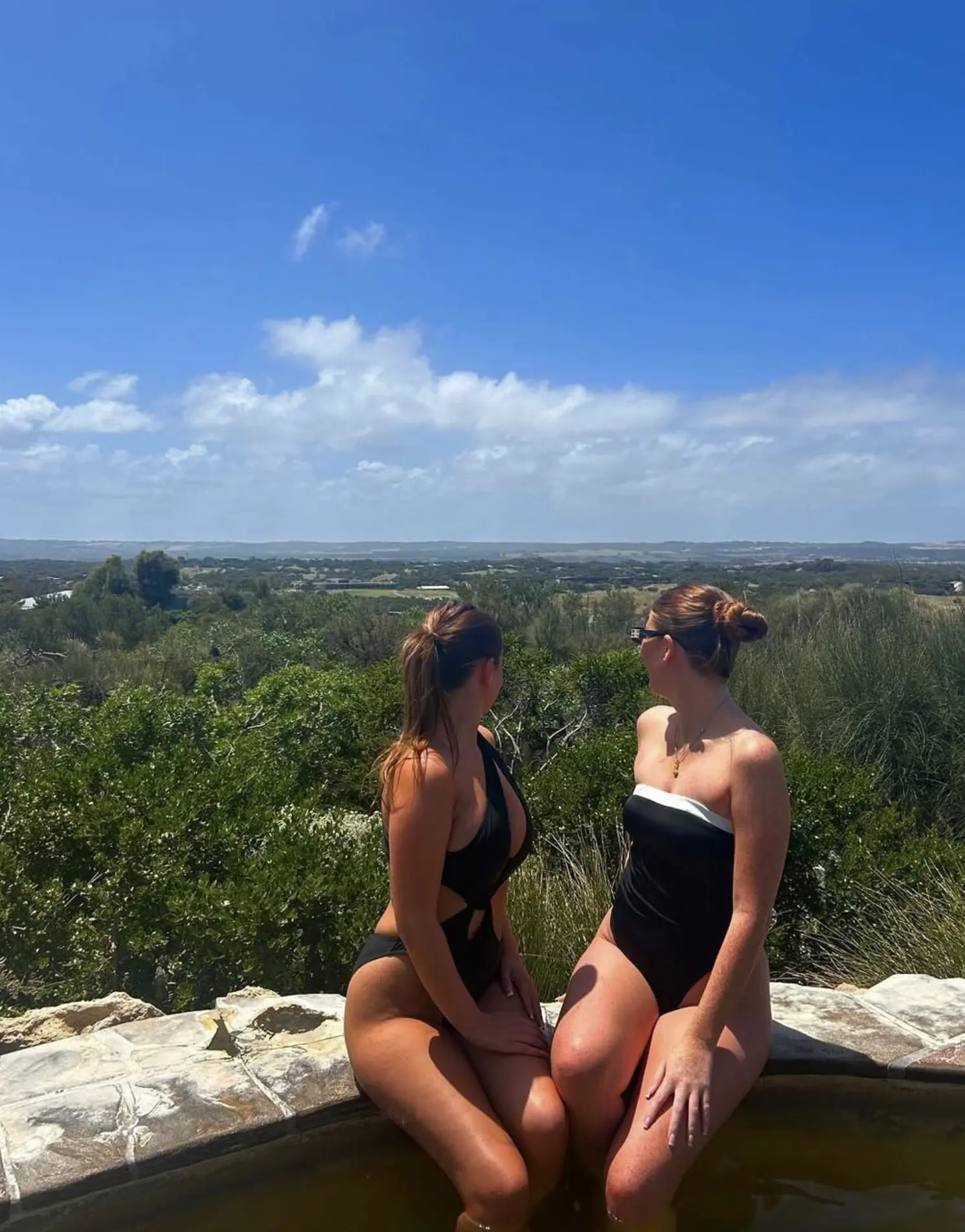The Adelaide River is one of Australia’s best places for wildlife, adventure and tourists looking for something different. A crocodile cruise on the Adelaide River allows you to see one of the world’s most incredible animals up close: the Australian saltwater crocodile. These incredible creatures have been around for millions of years and still look and hunt like they did millions of years ago.
But when is the best time to do a half-day Jumping Crocodile Cruise, and what can you expect?
Best Time to do a Crocodile Cruise
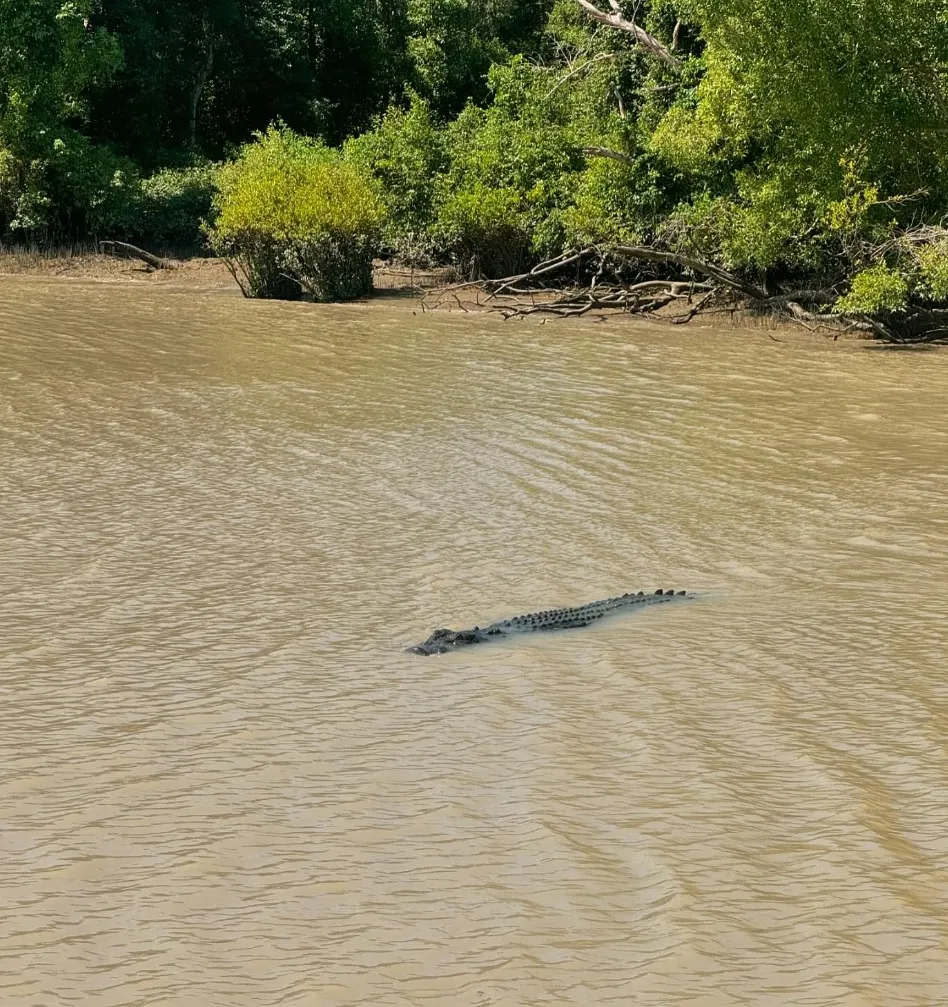
The dry season from May to October is the best time to do a crocodile cruise on the Adelaide River. During this time, the region gets less rain, the water levels drop, and the crocodiles congregate in certain areas of the river. This means you will see more saltwater crocodiles, from juveniles to massive saltwater crocodiles, basking on the river banks.
This is also the best time for travellers. Clear skies and cooler weather mean you can spend a full day on the water exploring the wildlife of the Mary River and Adelaide River regions.
Why do Crocodiles Jump?
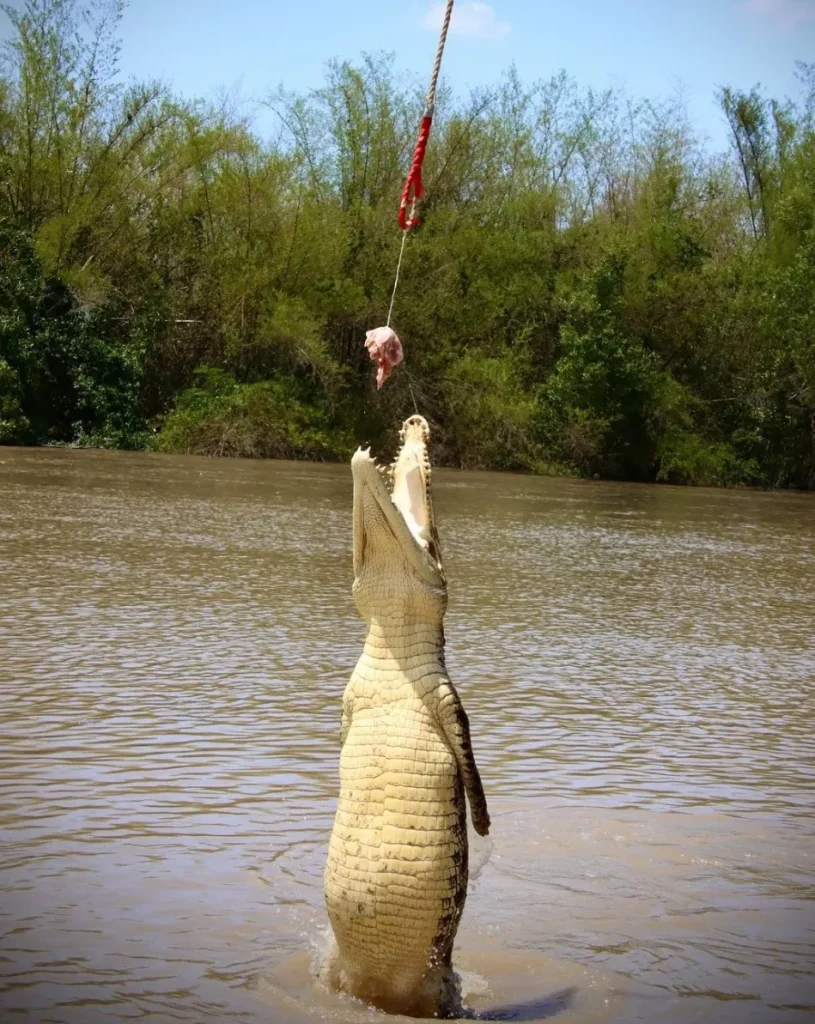
The crocodile cruise isn’t just about seeing the crocodiles. The real highlight is seeing them jump. As apex predators saltwater crocs are experts at ambushing their prey and jumping is one of their hunting techniques. On a half day Jumping Croc Cruise you will see these massive reptiles, up to 5 or 6 meters long, jump out of the water to catch food. This is the ultimate display of power and precision why the Australian saltwater crocodile is the largest and one of the most dangerous reptiles on the planet.
These jumps happen naturally in the wild as the crocs snatch birds, fish or other animals perched on branches above the river. On your crocodile cruise the guides will demonstrate this behaviour in action by offering meat to the crocodiles as part of the tour. The result is a fantastic display of strength and agility that makes these prehistoric creatures even more amazing.
A Wildlife Paradise: More Than Just Crocodiles
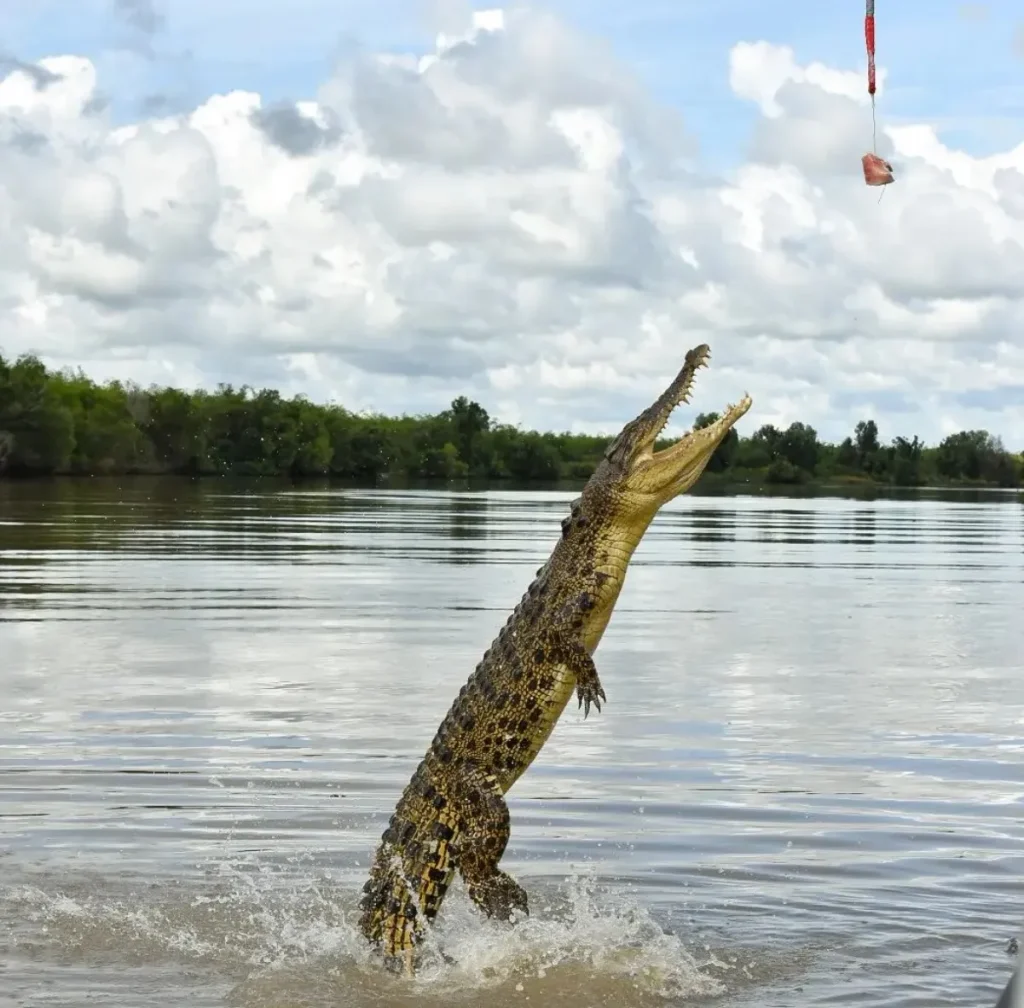
While the saltwater crocodiles are the stars of the show, the Adelaide River and surrounding area is a wildlife haven. The river floodplains are home to freshwater crocodiles, bull sharks and plenty of bird life. You will see a variety of birds, from raptors like the whistling kite to herons, pelicans and kingfishers.
Your river cruise will be guided by wildlife enthusiasts and you will be given commentary on the local environment, crocodile biology and the Aboriginal culture of the area. The indigenous people have lived alongside these animals for thousands of years and their knowledge of the area adds another dimension to the wildlife encounters.
Your half-day Jumping Croc Cruise is not just an adrenalin-packed crocodile encounter but an educational journey into one of Australia’s most remote and untouched natural habitats. You will also learn about the Wildlife Permits required to operate tours in protected areas like this, managed by National Parks and Wildlife.
Planning Your Crocodile Cruise

Before you go, here are a few things to consider:
1. Which Cruise to Choose
The Adelaide River has several crocodile cruise options. Whether you prefer a one hour cruise, a half day Jumping Croc Cruise or a specialty cruise there is something for every type of traveller. A one hour cruise is perfect for a quick hit of crocodile action, a half day Jumping Croc Cruise allows more time to explore the wildlife rich river floodplains and even the nearby wildlife park.
2. Best Time of Day for Wildlife
Crocodiles are cold-blooded animals, so they regulate their body temperature through their surroundings. For this reason, the early morning and late afternoon are the best times for wildlife interactions, as the Crocs are more active when the sun isn’t at its peak. Your wildlife guides will arrange the departure time accordingly to ensure you get the best displays of crocodile behaviour.
3. Booking and Safety
Booking in advance is highly recommended, especially during the peak dry season when the Adelaide River is busy with tourists. Most tours have convenient booking times, and visitors should arrive early to complete check-in. Don’t forget a full safety briefing will be given before your tour so you understand the precautions for such a close encounter with these wild animals.
Tours on the Adelaide River are regulated by the Australian Marine Safety Authority and National Parks and Wildlife. The guides and staff follow Australian safety standards so both the visitors and the wildlife are protected during the tour.
The Scenic Route: Darwin City to Adelaide River
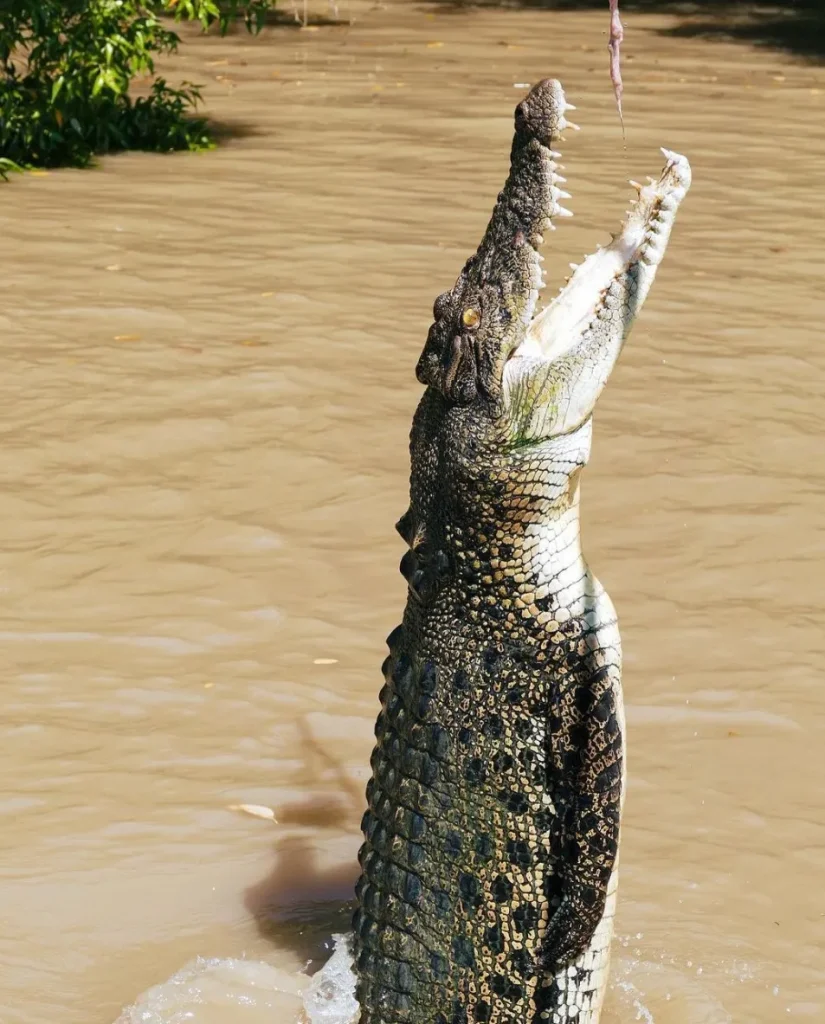
The Adelaide River is only an hours drive from Darwin City so perfect for a day trip if you are staying in the city. If you prefer several tour operators offer pick up and drop off from Darwin so you don’t have to worry about navigating unknown roads.
The journey is part of the fun, with scenic views of the Northern Territory’s varied landscapes, from forests to dirt roads to remote wildlife areas like the Mary River. For the ultimate experience, make sure your tour has plenty of time to stop and take it all in.
Everyone’s Different
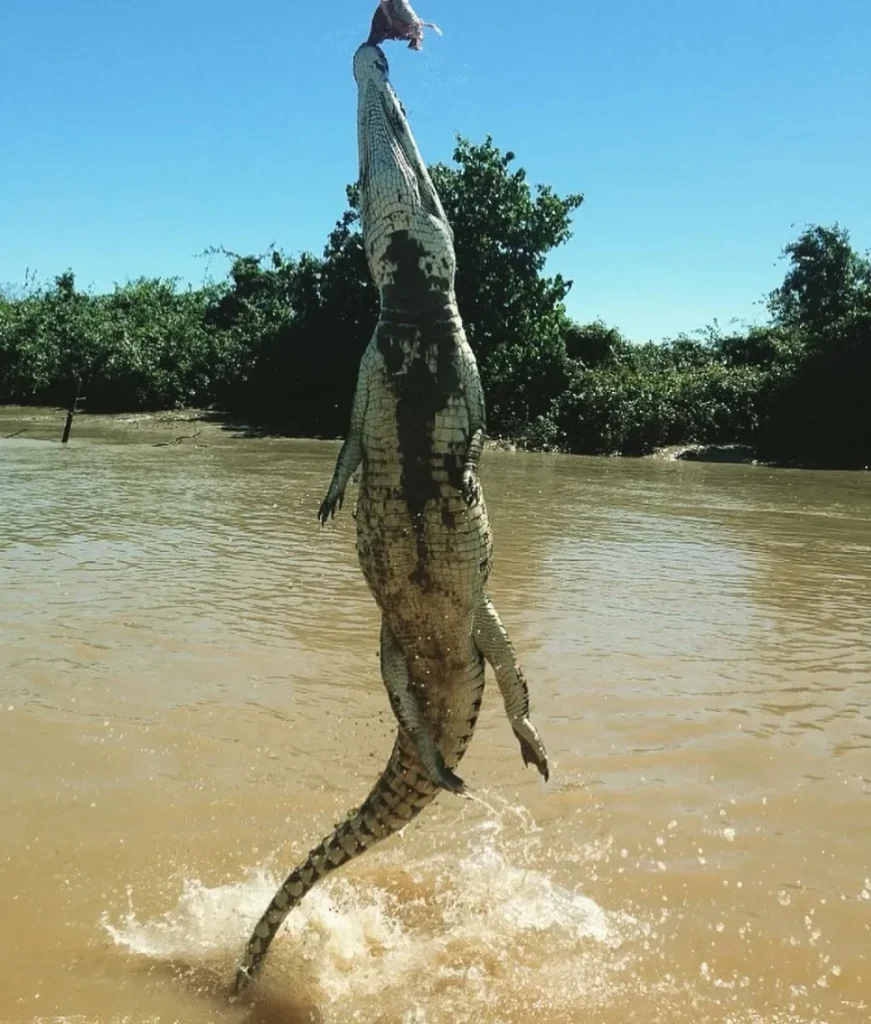
Whether you’re a wildlife nut or just looking for something new, the Adelaide River has something for everyone. From the mighty jumps of the Australian saltwater crocodiles to the serene sight of birds flying over the river floodplains, a crocodile cruise is an experience like no other.
FAQ
When is the best time to visit the Adelaide River?
May to October is the dry season and the best time to visit, weather wise and for more saltwater crocodiles.
Are Jumping Crocodile Cruise safe?
Yes, all tours have a mandatory safety briefing, and the boats are equipped for visitor safety. Experienced guides monitor wildlife interactions.
What to bring on a crocodile cruise?
Sunscreen, sunglasses, hat, camera and water. Dress comfortably for the day on the river.
How long is the Jumping Crocodile Cruise?
One hour or half day Jumping Croc Cruise. Both options have plenty of time to see saltwater crocs, bull sharks and many bird species.
Can I see other wildlife?
Yes! Many species of birds, fish and bull sharks. Wildlife heaven!
